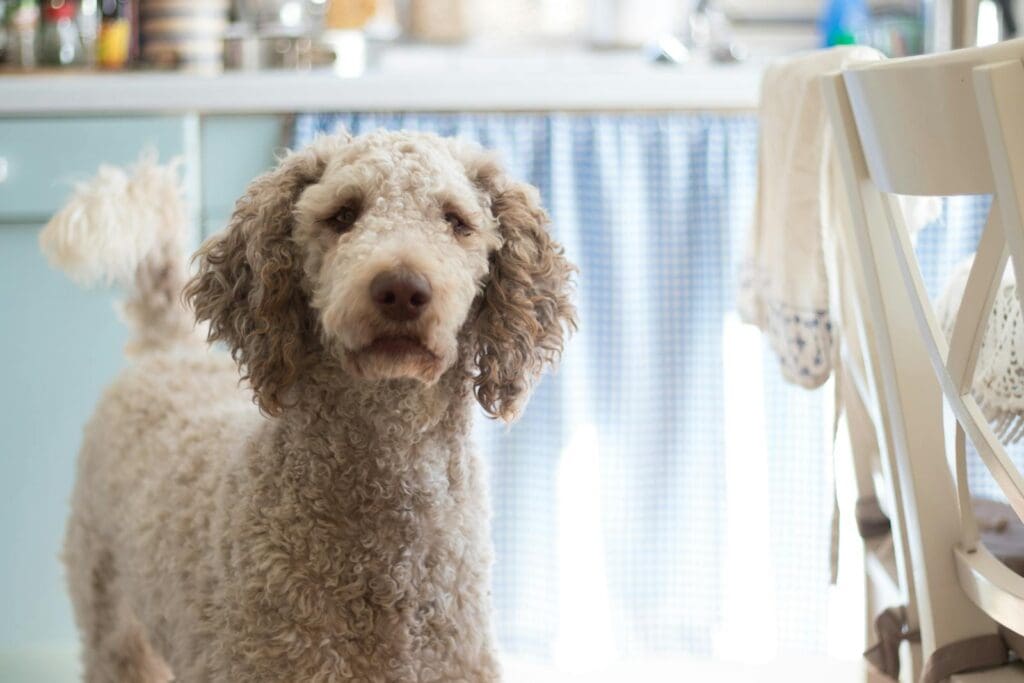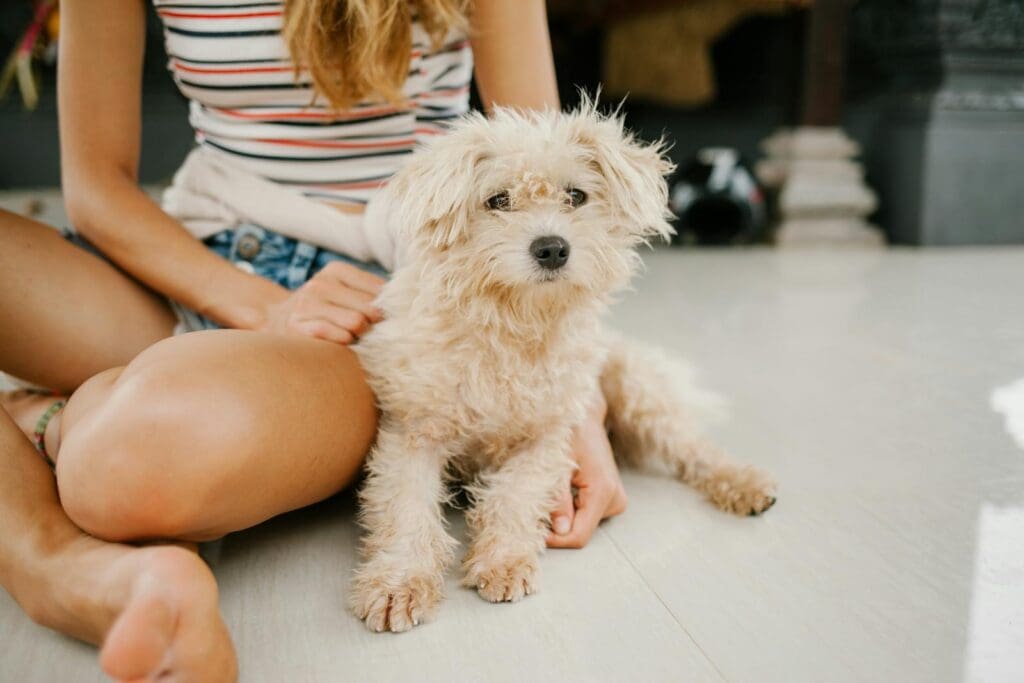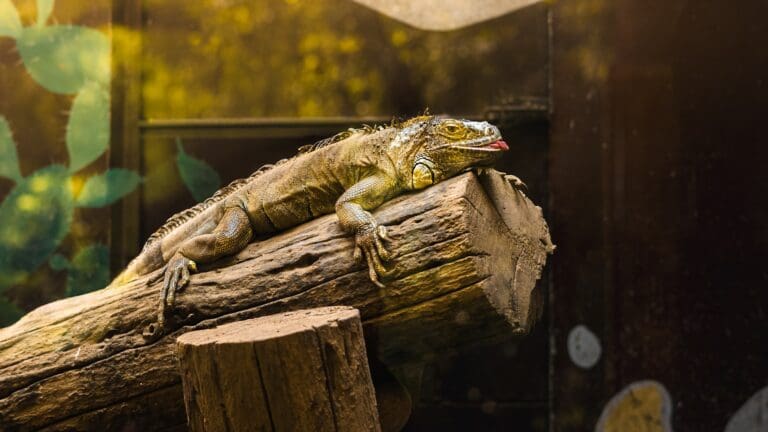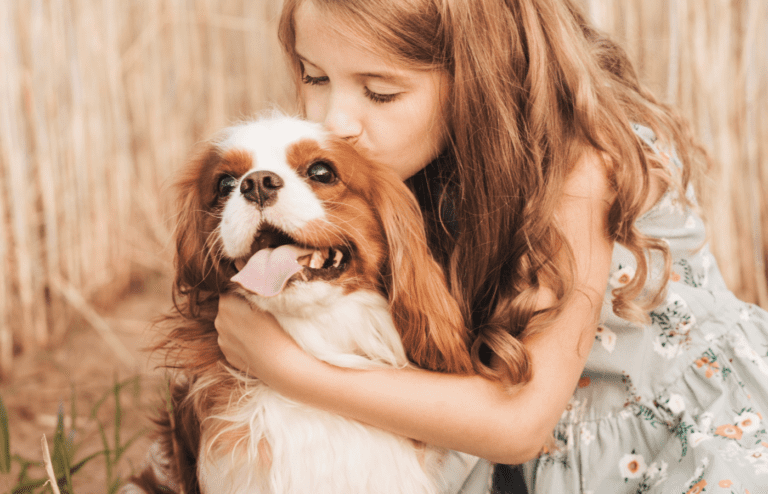Poodles have an undeserved stereotype as frou-frou dogs, but don’t judge this breed by its looks. They are the second-most intelligent dog breed, healthy, bred to hunt, and more. Here are 10 facts about poodles you need to know!
10. Poodles Are the Second-Most Intelligent Dog Breed

Poodles are second only to Border Collies as the most intelligent dog breed. In addition to learning a vast repertoire of tricks, poodles are hyper-observant and mimic some human behavior. They have excellent problem-solving ability, even using their paws as “hands.” Poodles can learn up to 400 words or commands compared to 165 for the average canine.
9. Poodles Come in Three Sizes

Both the AKC (American Kennel Club) and the Kennel Club UK categorize Poodles in three official categories by size: Standard (over 15 inches tall), Miniature (between 11 and 15 inches), and Toy (less than 10 inches). No matter the size, they all have the same build and proportions. However, owners will tell you that poodle personalities are different by size.
8. Poodles Were Originally Bred for Hunting

Despite their hoity-toity looks, poodles weren’t bred as show dogs. Their original purpose was hunting. Some standard poodles can perform as well as Labradors and other hunting breeds. They are excellent swimmers and are used for hunting waterfowl. Their incredible sense of smell is utilized for hunting truffle mushrooms. Their soft bite can return them without damaging the fungus.
7. Poodles Have Hair, not Fur

Unlike other dogs with double coats that shed their fur depending on the season, poodles have hair. For this reason, poodles must be groomed regularly. Their hair will continue to grow and grow. Their coat must be brushed daily. They must receive regular baths to keep their skin clean. Once matted, a poodle’s hair can be tough to control.
6. The Original Intent for Poodle Hairdos

The original purpose of a poodle’s haircut was not to make the dog look like living art. It was to aid in swimming. A poodle’s hair wicks moisture quickly when out of the water, but weighs them down while swimming. The cut keeps their hindquarters free of hair to make them agile while keeping their chest and extremities warm.
5. Poodles Are Hypoallergenic

Poodles are naturally hypoallergenic. This makes them great for dog owners with allergies. Poodles only shed minimally, and it’s usually caught by their other curly hairs, and removed with regular brushing. They must be bathed regularly, as their skin can carry as much dandruff and allergens as other dogs if not kept clean.
4. Poodles Are Perfect Family Dogs

Poodles make perfect dogs for families for several reasons. They are intelligent, highly trainable, easy to housebreak, and can learn extensive commands. They have an even, gentle temperament. While not territorial, they will react to unrecognized strangers and protect their owner and family if need be. They barely shed and are easy dogs to have inside the house.
3. Poodles Prefer People to Other Pets

Poodles are “Velcro dogs,” preferring to stick with their owner. Take them to the dog park or other situation with other dogs and they’re more inclined to stay with their person rather than run around with other dogs they don’t know. However, standard poodles will gravitate to other standards when they meet them, recognizing another of their own kind.
2. Poodles Will Lead or Follow

All dogs are pack animals and recognize a strong leader is needed or the pack will suffer. Because poodles possess such a keen intelligence, they do best with having a dominant figure in their life. They will look to their humans as pack leaders. However, poodles without a leader will assume the role, become dominant, and hard to train.
Read More: 10 Worst Shedding Dog Breeds
1. Poodles Have Very Few Health Concerns

In comparison to other dog breeds, poodles are considered to be very sturdy and have few health issues. As such, a poodle’s life expectancy ranges from 10-18 years. There are only a handful of common health issues with poodles including bloat, Addison’s disease, hip dysplasia, Cushing’s disease, epilepsy, and hypothyroidism.
Read More: The 10 Best Dog Breeds for Retirees






